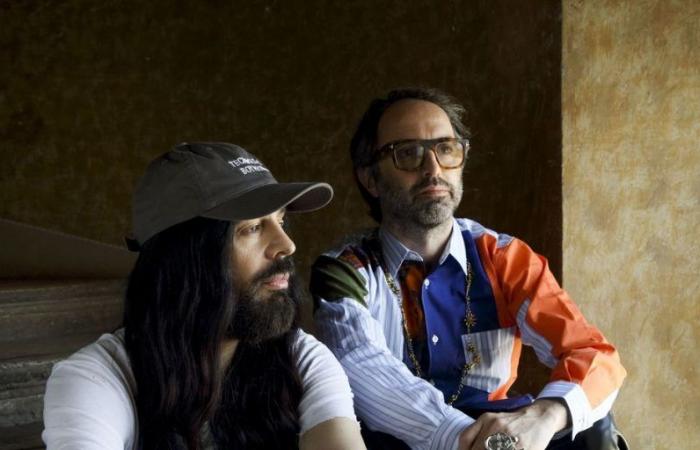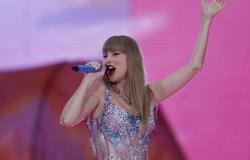“Things speak. They don’t just function, they don’t just have a structure. They are themselves discourses and blackboards on which we write words that transcend their form as well as their function. From this point of view, not only is there no distinction between a book and a plate or a dress, but there is an object rhetoric whose rules have yet to be written.”
It is from this assumption that he startsThe Life of Forms: Philosophy of Reincantation” il book by Emanuele Coccia and Alessandro Michelepublished by HarperCollins, published in May 2024.
One of the most anticipated texts of the year in the world of design in its different meanings of fashion, industrial design, interior, because of the theme, certainly, but above all because it is written by two authorities in the field. The first, a philosopher based in Paris, reached an international audience with his theories on plant metaphysics from the classrooms of the École des haute ètudes en sciences sociales, before dedicating himself to the domestic space with the book “Philosophy of the House” ; The second one, Alexander Michaelwho as stylist and creative director of Gucci subverted the language of fashion and, starting from the haute couture catwalks, managed to bring the genderless revolution to the streets, making it an undisputed collective heritage, with an impact that has never been limited to the world of fashion but has given shape to a new aesthetic culture.
HarperCollins: The life of forms. Philosophy of reenchantment
And right on the edge of the exit of the pMichele’s first collection as creative director of the Maison Valentino – starting last March – here comes the new design bible.
The metaphor is not forced since Emanuele Coccia himself declared that he wanted to replicate the structure of the Talmud, which interweaves two distinct threads, glosses and sacred text, so that the voices of the two authors travel a path together but each on their own steps. The result of a close conversation that lasted two years, which saw Coccia and Michele dialogue between Paris and Rome, the book maintains the balance between the two voices, that of the philosopher who proceeds by maximum systems, who analyzes and breaks down the complex apparatus that is fashion and its meaning, and that of the stylist who carries out a work of abstraction starting from the direct experience of making fashion and his relationship with the objects that surround him, which maintain a secret dialogue with him.
Proceeding through a narrative that is as cultured and intellectually compelling as it is heartfelt and personal, the text weaves together logical rigor and autobiography, utopia and memory, with happy incursions of Alexander Michael in personal and professional experiences.
And if design and fashion speak the language of religion, then philosophy becomes poetry, so much so the book is divided into roomsnot in chapters, seven, again as in the Talmud: Philosophy, Ambiguity, Animism, Design, Collection, Hollywood, Gemini.
In this poem written by four hands the objects of our times have gone beyond the egocentric dimension, they have stopped talking about us, having to prove our value to the world, showing others our status, we go deeper, because we talk about those things that play such a large part in our daily life, of sdeep sense of the objects that surround uswhich we choose as our life companions, which define us. Wearing a dress or choosing an object for your home is a gesture full of meaning and consequences, because it defines and modifies who we are and the very act of appropriating it makes us different people, it takes on the dimension of a daily ritual with spiritual rather than pragmatic implications.
As in a sacred text, different voices intertwine with the main voice and so does the graphic design, masterfully orchestrated by Riccardo Falcinelli, represents this stratification of references. No image in a treatise on design might seem absurd but this is not the case, because, as Coccia points out, no philosophy book has images; and instead, the text to draw the graphic languageto cadence the rhythm by subtracting or adding white space around the words, in a continuous reference between the smaller body, in italics, of Emanuele Coccia’s voice and the primary text of Alessandro Michele.
But alongside the shapes, the objects, there is another protagonist of the book, which is the creative and interpretive mind, which is the ability to see life, to intuit it but also to encourage it, the possibility of giving it substance where others they only see colors, shapes, appearances. The book is dedicated to this sensitivity in detecting the voices of things, to finding a horizon of meaning in only apparently empty profiles, to that “philosophy of reenchantment” which allows see harmony beyond geometry.






